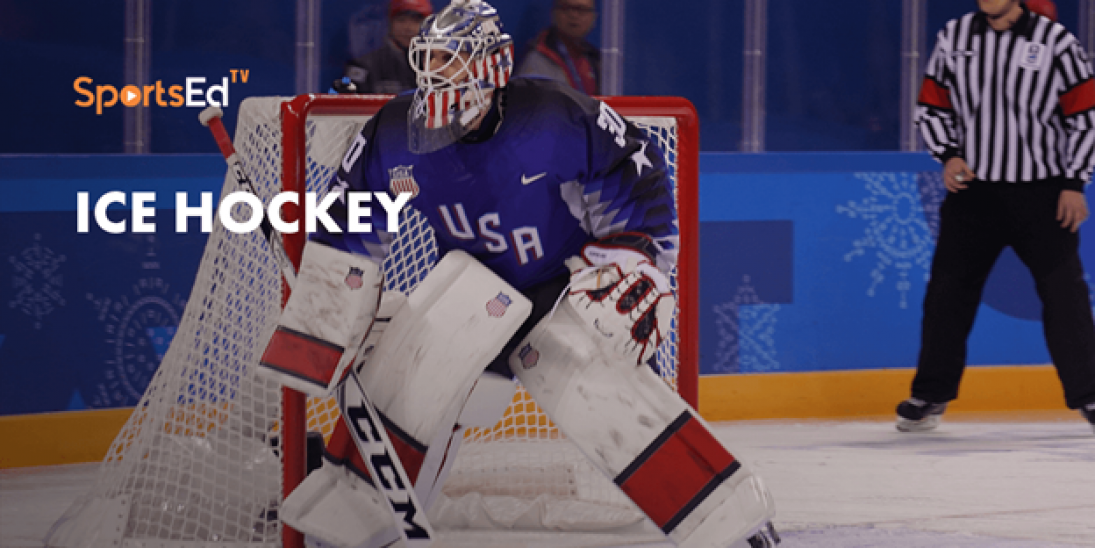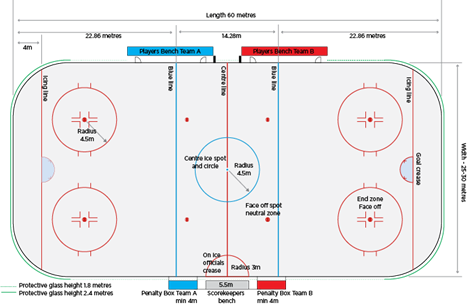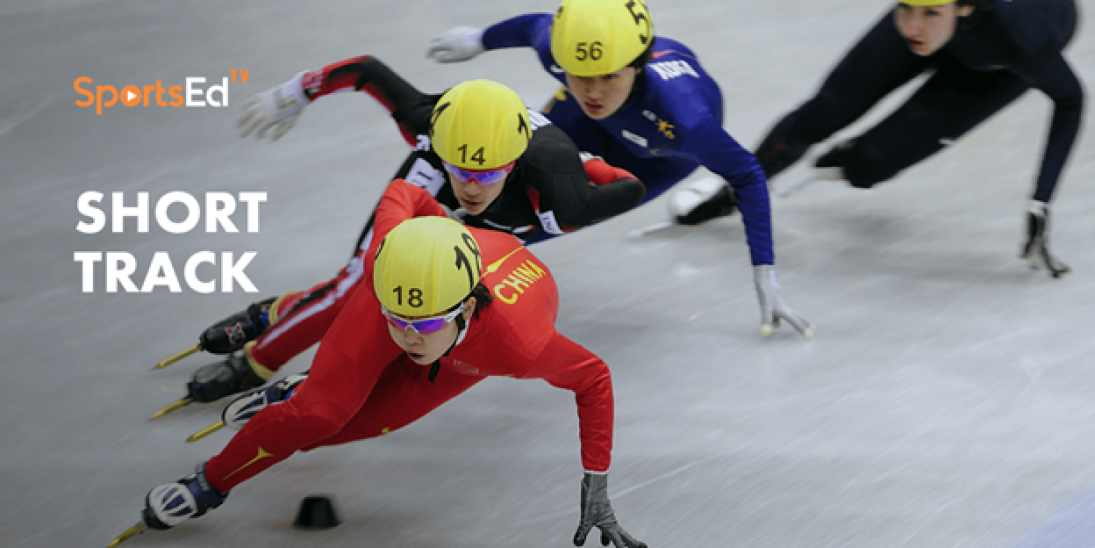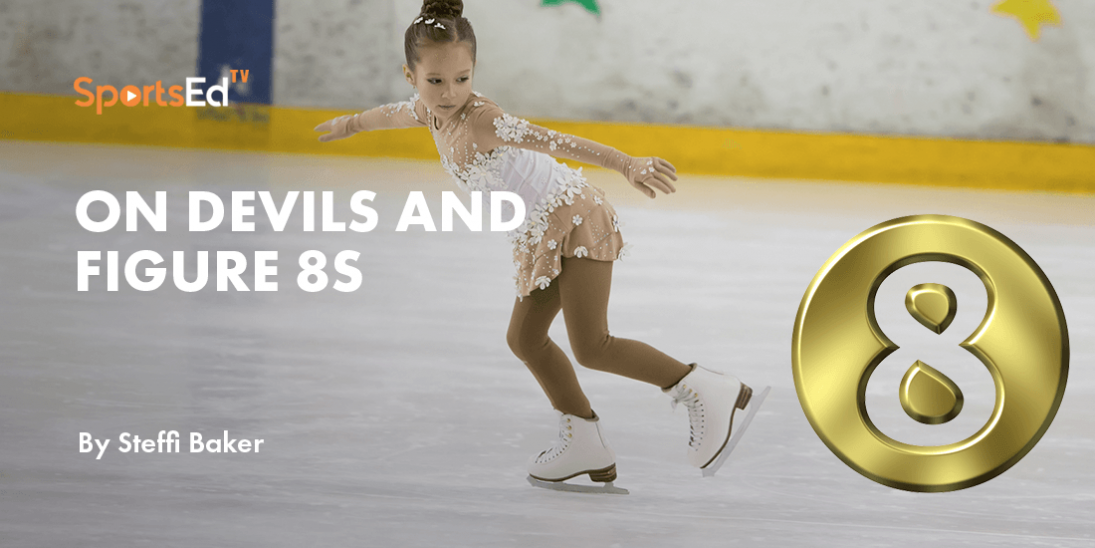Winter Sports
Welcome and thanks for visiting...

Basics of Hockey Competition

Ice hockey is a contact sport where two teams of six players attempt to shoot a puck into their opponent's goal. Each team typically consists of three forwards, two defenders, and a goalkeeper played on ice.
The surface typically measures 60 meters by 26 meters, with goals at either end. The ice is divided into five zones, with the middle three referred to as the defending zone. The neutral zone and the attacking zones. There are nine face-off spots or circles.

The only places the park can be dropped to begin or resume play. An important defensive tactic in ice hockey is checking where a player tries to prevent their opponent from advancing towards the goal. There are two main types of checks, stick, check, and body checks, but they are only committed against a player who has control of the puck or the last player to control it immediately after giving it up.
Body checking is when a player bumps or slams into an opponent with their hip or shoulder, blocking their progress or throwing them off balance. However, body checking is not allowed in women's competitions. Stick checking, poke checking, sweep checking, or legal uses of the stick to obtain possession of the puck. A key strategy in ice hockey is the use of the full check, which is the act of attacking the opposition in their defensive zone.
Each team will use their unique system, but the two-one-two is the most basic for checks system. Two forwards will go deep, pressurizing the opposing defenders. The third forward stays high while the defenders stay at the blue line.
An ice hockey game is normally three periods of 20 minutes, but if a tie occurs, a sudden-death overtime period is played, with the team scoring first declared the winner. If there are no goals in overtime, a penalty shootout takes place. However, in the gold medal game, there is no penalty shootout. Teams play an additional 20 minute overtime period or until a goal is scored. If both teams fail to score in this period, further overtime will be played until a decisive goal is scored.





